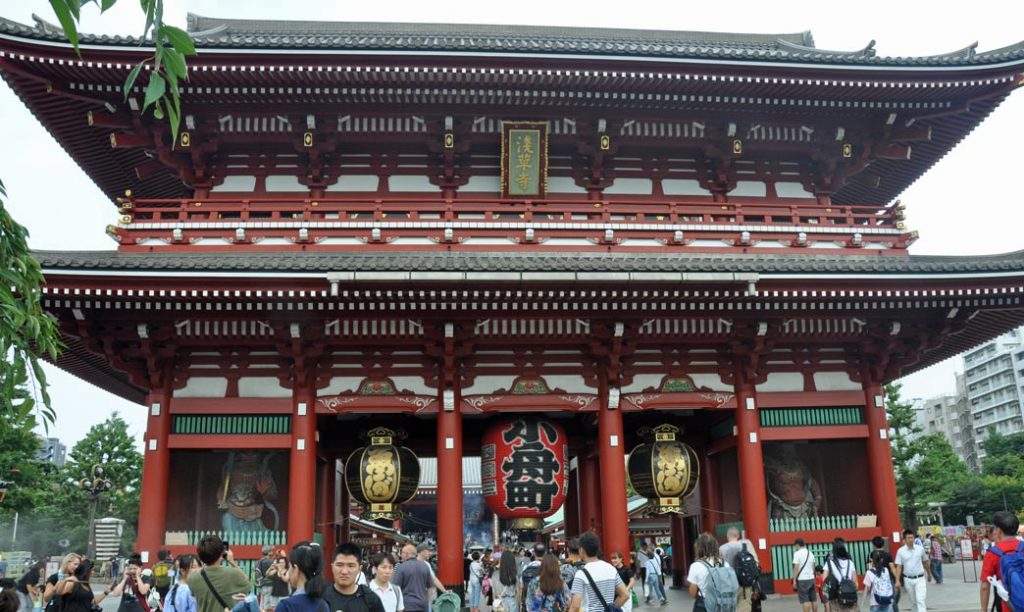Ghibli Tour completed on our first day, we had a half day tour of Tokyo followed by a day free.
I found a nifty metro map that summarised the city interesting for tourists. It’s undoubtedly over-simplistic but useful nevertheless.

Based in Ueno, our organised tour (just a half day) started with Asakusa and ended in Shibuya. It also allowed us to use our japanese guide’s experience to book seats for all of our planned rail journeys. Although it’s entirely possible to travel without reserving seats, it’s more comfortable to have everything arranged.

It was also really great to have someone to introduce us to the Tokyo metro system (which is as easy and efficient as you would expect, with announcements in English following every Japanese announcement.

The Temples of Asakusa lie within one of Tokyo’s few districts that still preserves an atmosphere Tokyo’s past.


Entrance to the temples is best through the impressive entrance gates, especially the 1000 year old Kaminarimon (Kaminari Gate) that leads straight on to Sensōji – Tokyo’s largest and oldest Buddhist temple built in the 7th century.

Visiting on the weekend meant everything was hugely busy but still great fun and an introduction to the difference between temples and shrines.



Contemplating the physical sprawl of Tokyo is daunting and we had nowhere near enough time to even pretend to discover it seriously.

It has no discernible center, and clusters of skyscrapers miles apart defy the idea of a downtown core. Tokyo actually feels like a city composed of 23 separate cities, or wards, that all have distinct names and local municipal systems.
So we took our guides advice, and travelled from Asakusa to the Meiji Jingu Shrine, by way of shopping districts.

For the girls, our guide suggested visiting Harujuku, renowned for colorful street art and youth fashion, with quirky vintage clothing stores and cosplay shops along Takeshita Street, and traditional, upmarket boutiques on leafy Omotesando Avenue.

It does’t quite compare to the oddities of Camden Market in London, more Oxford Circus maybe.

But the walk through the park to the shrine was a lovely way to break up the heat and humidity.




Time is limited, so we need to focus on visiting maybe just two diverse neighbourhoods on our free day, choosing from peaceful Nakameguro to eclectic, if we are to get a taste for the reality of Tokyo. For city views, the Metropolitan Government Building Observatory is free, and so tall your ears will pop in the lift to the top. There are views out to Mount Fuji, it has a cool gift shop and is just as beautiful by day as at night.
We missed out on Kappabashi, Tokyo’s kitchen capital, easily recognisable thanks to a giant chef statue peering from atop a low rise office building and surprisingly close to our apartment in Ueno, Tokyo

And we missed out on so many districts including Ginza, the major shopping district, Nakano for anime and cos-play shops, Tsukji Market, Aoyma Flower Market and niche boutique shops. We definitely need a re-vsiit.
After the shrine, we were left close to Shibuya with its incredibly busy five way pedestrian crossing, grabbed some lunch had a family squabble and headed back to our flat








